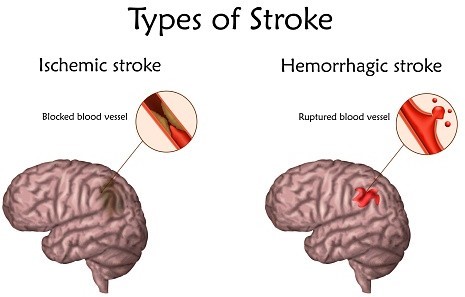A nurse is caring for a client who has osteoporosis and is taking calcium carbonate. The nurse should monitor the client for which of the following adverse effects?
Urinary retention
Tinnitus
Flank pain
Bradycardia
The Correct Answer is C
The nurse should monitor the client for flank pain as an adverse effect of taking calcium carbonate. Calcium carbonate is a calcium supplement used to prevent or treat a calcium deficiency¹. One of the side effects of calcium carbonate is the formation of kidney stones, which can cause flank pain².
a. Urinary retention is not a common adverse effect of calcium carbonate.
b. Tinnitus is not a common adverse effect of calcium carbonate.
d. Bradycardia is not a common adverse effect of calcium carbonate.
Nursing Test Bank
Naxlex Comprehensive Predictor Exams
Related Questions
Correct Answer is A
Explanation
The nurse should call emergency medical services if they find a woman who has collapsed with right-sided weakness and slurred speech. These symptoms could indicate a stroke or other serious medical condition that requires immediate medical attention.
Finding a location for the client to sit, driving the client to the nearest emergency room, and obtaining the number of the client's provider are not appropriate initial actions for the nurse to take in this situation. The priority is to get the client immediate medical attention by calling emergency medical services.
Correct Answer is C
Explanation
A client who has chronic atrial fibrillation is at risk for an ischemic embolic stroke. An ischemic embolic stroke occurs when a blood clot that forms in one part of the body travels to the brain and blocks blood flow. Atrial fibrillation is a type of irregular heart rhythm that can cause blood to pool, thicken, and clot in the heart or arteries near it. Pieces of these clots can travel to the brain and cause an ischemic embolic stroke.
a. A client who has an arteriovenous malformation is not at risk for an ischemic embolic stroke.
b. A client who has thrombocytopenia is not at risk for an ischemic embolic stroke.
d. A client who has uncontrolled hypertension is at risk for a stroke but not specifically an ischemic embolic
stroke.

Whether you are a student looking to ace your exams or a practicing nurse seeking to enhance your expertise , our nursing education contents will empower you with the confidence and competence to make a difference in the lives of patients and become a respected leader in the healthcare field.
Visit Naxlex, invest in your future and unlock endless possibilities with our unparalleled nursing education contents today
Report Wrong Answer on the Current Question
Do you disagree with the answer? If yes, what is your expected answer? Explain.
Kindly be descriptive with the issue you are facing.
